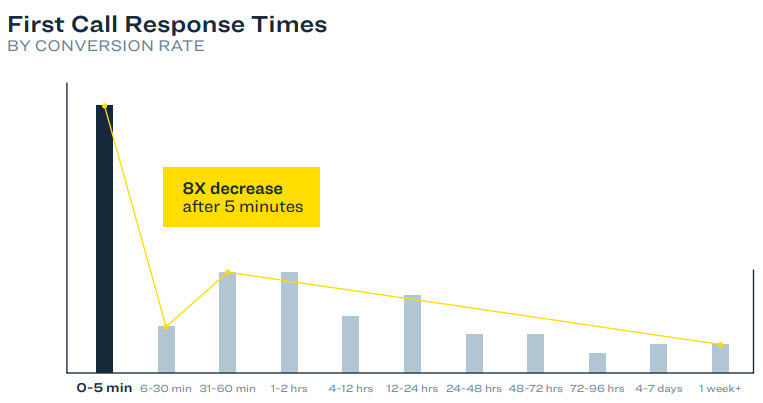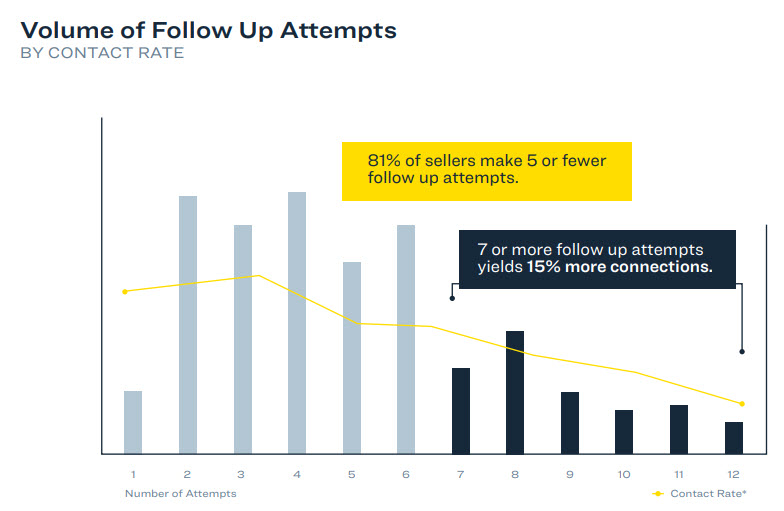
What is Speed to Lead?
Speed to Lead is the time it takes a vendor to respond to a prospect that expresses interest in that company or industry. A really common example is a demo request form on a website or someone downloads a whitepaper. Any time a prospect expresses interest in your company, industry, or messaging and completes a form to provide their information AND they opt-in to be contacted, your CRM should be able to filter out known customers and send the true prospects to the Business Development team. But that is just the first part of Speed to Lead; the second part is what you do with that information. Does it sit in a spreadsheet for months or does it get quickly routed to an available rep to drive further engagement and interest?
Why is Speed to Lead important?
Our research shows that buyers are more educated than ever before. They consume digital content voraciously and work in larger buying groups. That means that when a prospect reaches out for information, there are potentially 9 other buyers at that company trying to solve the same problem and gather information. Sellers need to respond to those critical buying signals, and they need to do it immediately. The 2-minute video clip below from our webinar Why You’re Losing Deals Others Aren’t describes why timing is so important.
I think we can all relate to the scenario described in the video, but what does the data tell us? XANT has been tracking Lead Response data since 2007, and we were especially curious at the end of 2020 to see how Lead Response was impacted by COVID-19. The latest research confirms that sellers need to strike while the iron is hot and that means within 5 minutes.
A lead is 8X more likely to convert to an opportunity if a seller responds within 5 minutes of that initial hand-raise.

Speed to Lead is more than just immediate response. Its an entire STRATEGY and ATTITUDE of response to prospect interest. A generic, automatic email isn’t going to cut it for most buyers. Sellers have to actually engage with the prospect and that can take several attempts.
The lead response research tells us that 81% of sellers make 5 or fewer follow up attempts. Lead response strategies need to balance effort and results, but it’s clear from the data that not enough follow-up is happening and sellers are leaving deals on the table.


